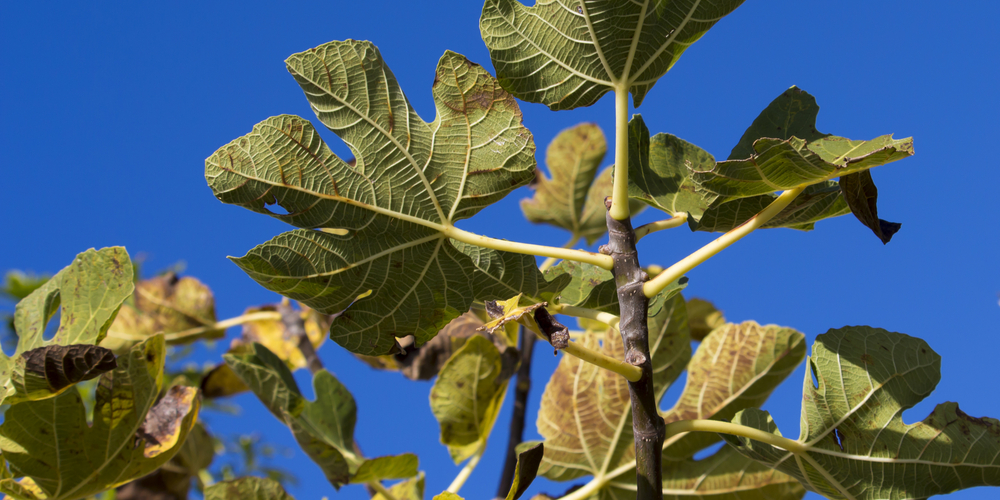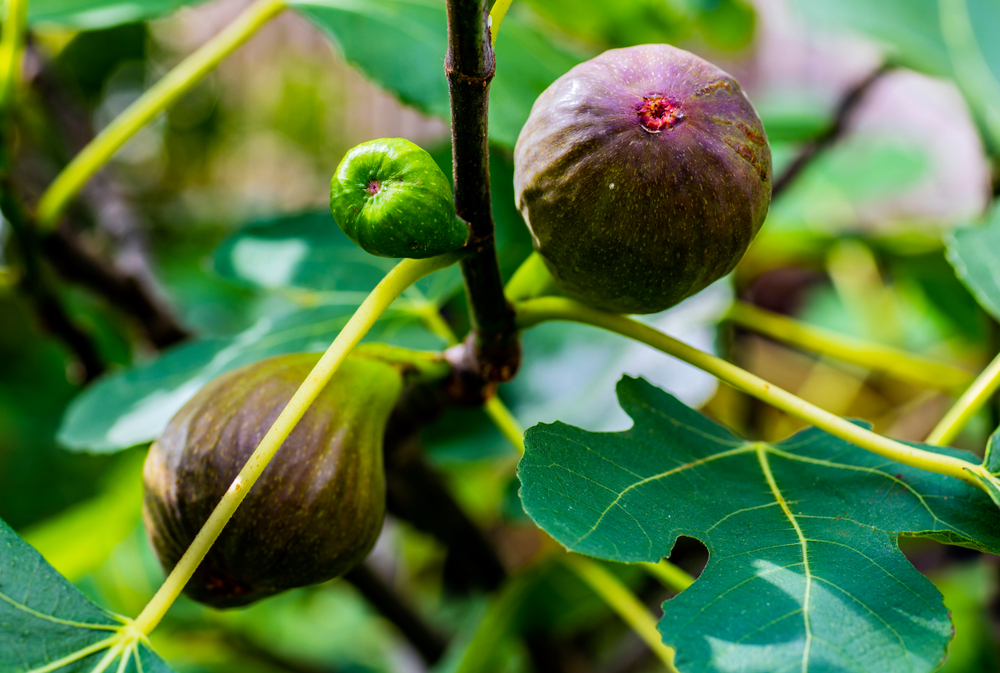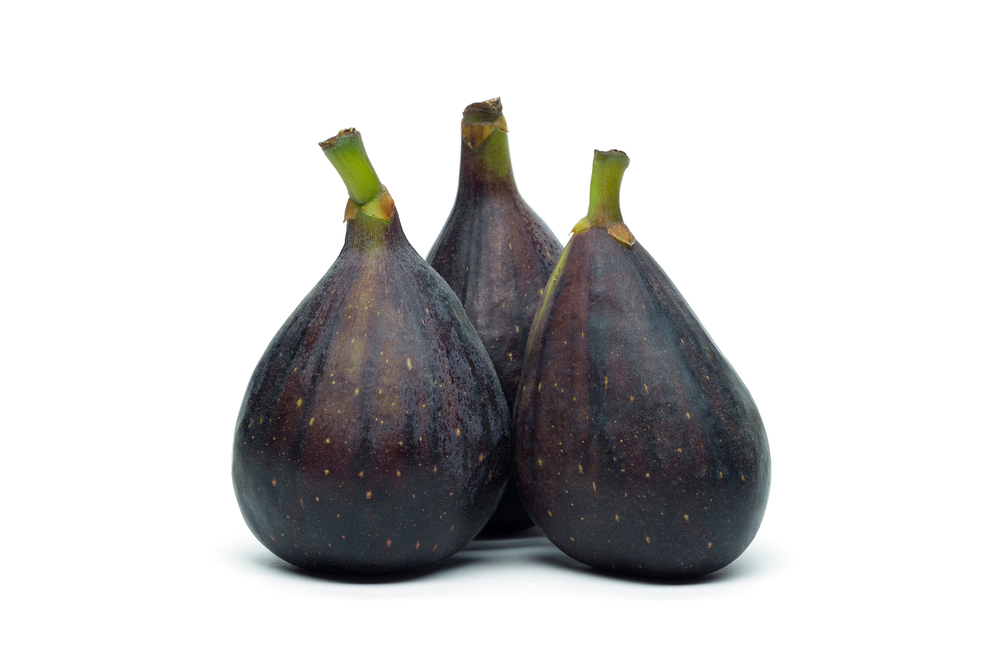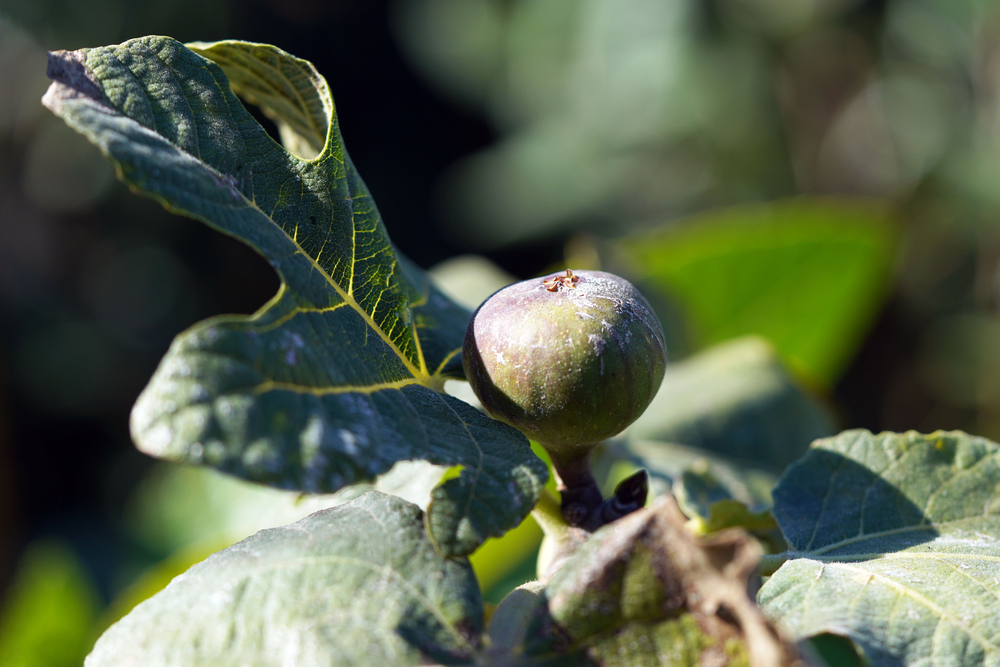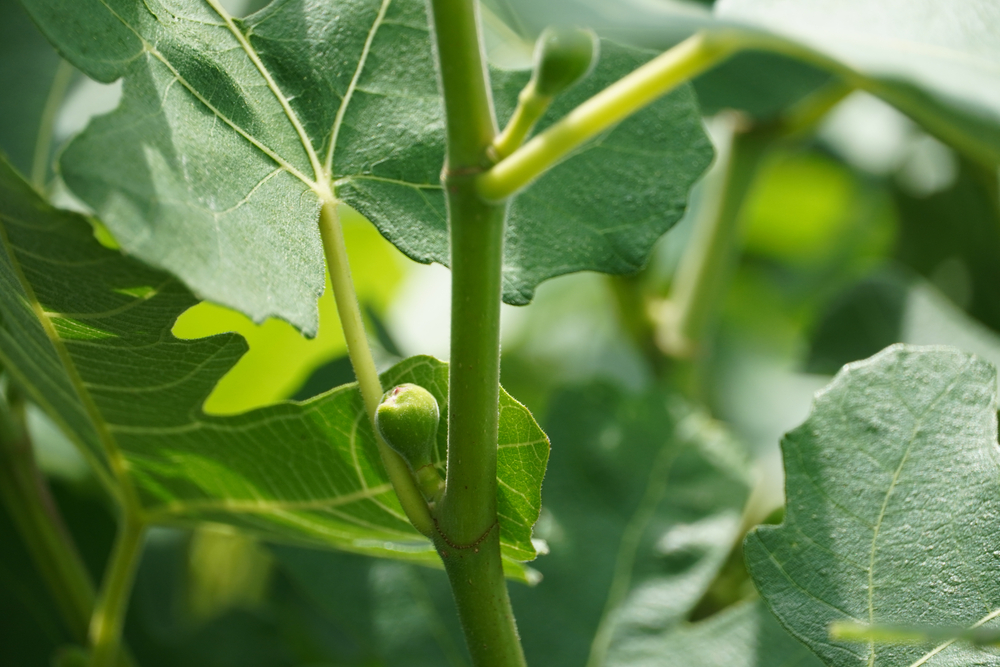Fig trees, formally known as ficus carica, typically do best in mild climates. However, some types of figs, such as the Hardy Chicago, can withstand colder temperatures such as the ones in Chicago, Illinois.
If you’re wondering what types of hardy fig trees grow in Chicago, you’ve come to the right place. Let’s take a look at the possibilities for the windy city.
Hardy Chicago
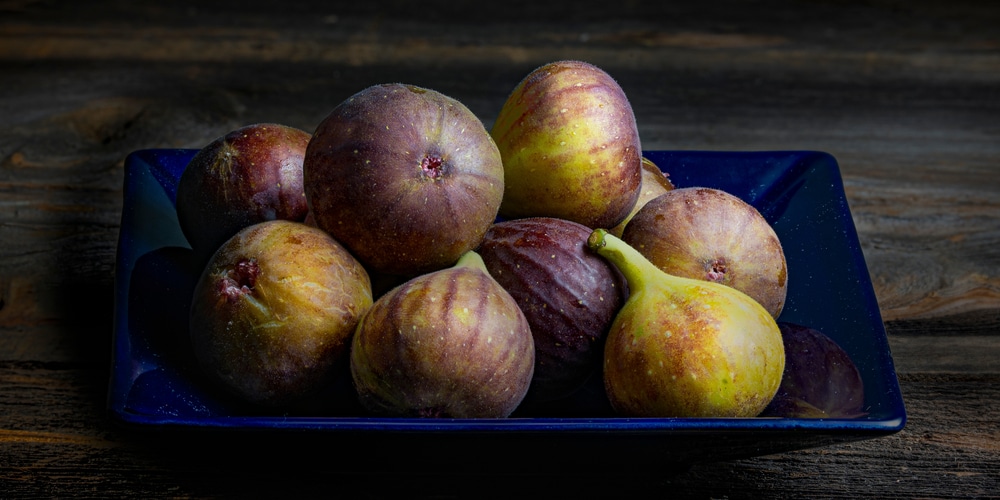
It seems only appropriate to begin our list with a fig tree named for the city at hand. The Hardy Chicago is one of the hardiest fig trees out there. It can handle temperatures as low as 10 degrees with proper care, and its roots can bear even colder environments deep in the dirt.
Also known as the Bensonhurst Purple, the Hardy Chicago fig tree grows light purplish-brown figs. They turn ripe late in the summer and offer a sweet flavor. You can expect these figs to grow anywhere from small to medium size, and the tree may grow as tall as 15 feet.
Celeste Fig
The Celeste fig tree is a very popular variety of figs that produces medium-sized fruit with purple or light brown skin and radiant pink flesh. The digs from the Celeste tree are often called sugar figs due to their sweet, dessert-like flavor.
Celeste figs are tough in more ways than one. Not only do many survive down to zone 6, but they’re also heavily pest- and disease-resistant.
These trees are generally low-maintenance, aside from extra care during the winter in cold areas like Chicago. Compared to other varieties, they are fairly small, with some reaching heights of just seven feet.
Give them plenty of sun and protection during the winter, and the plant will reward you with tasty treats.
Petite Negra
Named for its deep purplish-black fruit, the Petite Negra is another small variety of fig tree that’s ideal for cold environments. Despite its ominous color, the little black fig’s fruit is juicy and delicious. It produces fruit twice a year, giving owners a lot to look forward to.
This tree only grows between four and six feet, making it perfect for containers. Residents of colder zones like Chicago can easily protect this tree from harsh weather by moving the plants indoors for the winter.
So long as the tree gets plenty of sun, it can live happily in your living room and will continue to grow and thrive with little effort on your part.
Brown Turkey Fig
The Brown Turkey fig is another plant noticed by gardeners for its cold-hardiness. This fast-growing plant produces 4-inch-sized, purple figs throughout the spring and summer. The fruit is very rich and sweet, boasting dark pink to red flesh.
Growers can manage the size of this fig tree to suit their needs. You can establish it as a single-trunk tree or a multi-branched shrub, and the plant can grow anywhere from 10 to 30 feet based on how much you trim and maintain it.
Brown Turkey is also known for attracting birds, so be quick in picking ripe fruit before the animals get to it first.
Violette de Bordeaux
The Violette de Bordeaux, also known by its simpler name, Negronne, is a smaller fig tree that produces purplish-black fruit containing fragrant and sweet purplish-red flesh.
This tree is rated for hardiness zones as low as zone 5. However, the plant will need extra protection when the cold weather hits. Although the trees can survive temperatures as low as 15 degrees, it helps to keep them in containers so you can move them inside during the winter.
The Violette de Bordeaux fig can grow up to ten feet, but yearly trimming after the last frost can help prevent too much growth.
White Marseilles
Appropriately named for its uniquely colored fruit, the White Marseilles tree sprouts greenish-yellow fruit that may not appear ripe to the untrained eye. However, on this type of fig, the light-colored exterior is normal and opens up to a sweet yellow flesh.
The White Marseilles fig can grow to a standard of 12 feet tall. It has a hardiness level as low as zone 6, though the plant does best if you can bring it indoors during the winter months. The plant likes its warmer climates, but it’s not off-limits to residents of Chicago.
An outdoor White Marseilles may shrink to the ground during plummeting temperatures, appearing like a shrub. This is normal behavior; if the plant makes it through the winter, it will grow tall again when the weather gets warmer.
Dark Portuguese
The Dark Portuguese fig is very similar to the Chicago Hardy fig tree, but its fruit bears some key differences. You can count on the Dark Portuguese to have a slightly sweeter taste along with a hint of acidic flavor that the Chicago Hardy does not possess.
This fig tree is very hardy and productive. It’s capable of producing quite large figs, even after particularly harsh winters due to its adaptable nature. This Portugal native is a hidden gem in the world of fig trees with excellent, tender fruit.
Final Thoughts
Despite fig trees being popularly grown in warm climates, it’s possible, and even quite easy, to grow your fig in a colder zone. Several of the fig trees on our list above have hardiness levels as low as zone 5, making them excellent selections for residents of Chicago.
FAQ
Where is the Chicago Hardy Fig Tree from?
The Chicago Hardy Fig Tree is actually native to Sicily, Italy! The tree earned its name because of its extreme cold resistance.
How long does it take a Chicago Hardy Fig to produce fruit?
It takes about two years from planting for the Chicago Hardy Fig to produce its delicious, brown-purple fruit.
Does the Chicago Hardy Fig tree need wasps?
The Chicago Fig tree is self-pollinating, so you don’t need any wasps or additional trees to produce fruit! The only fig species native to the US that needs wasps to survive are the Florida strangler fig and the shortleaf fig.
